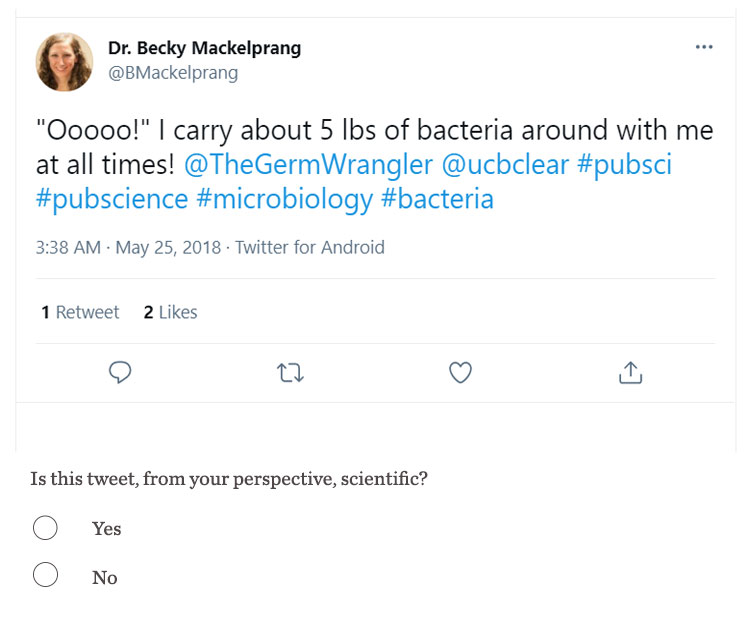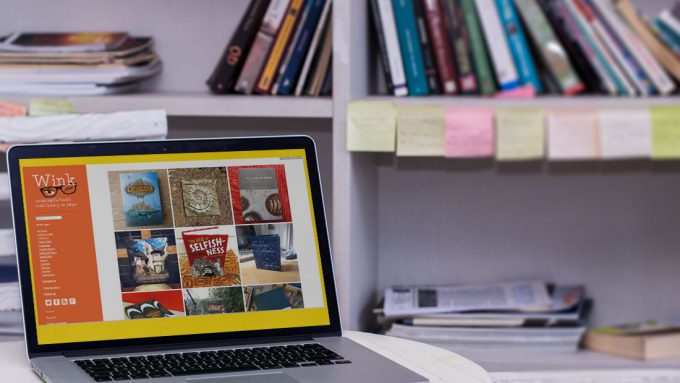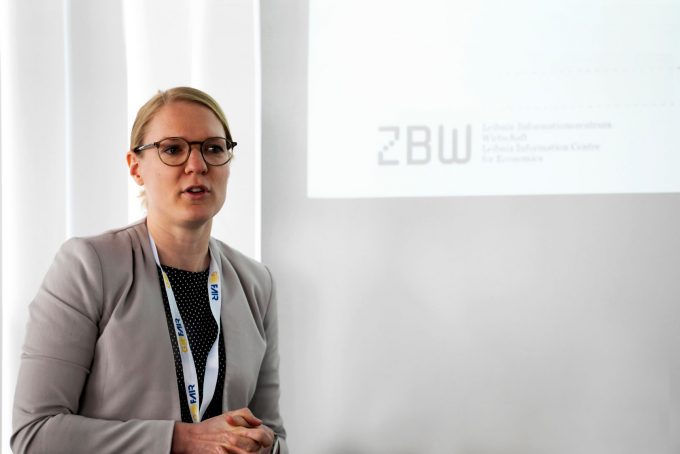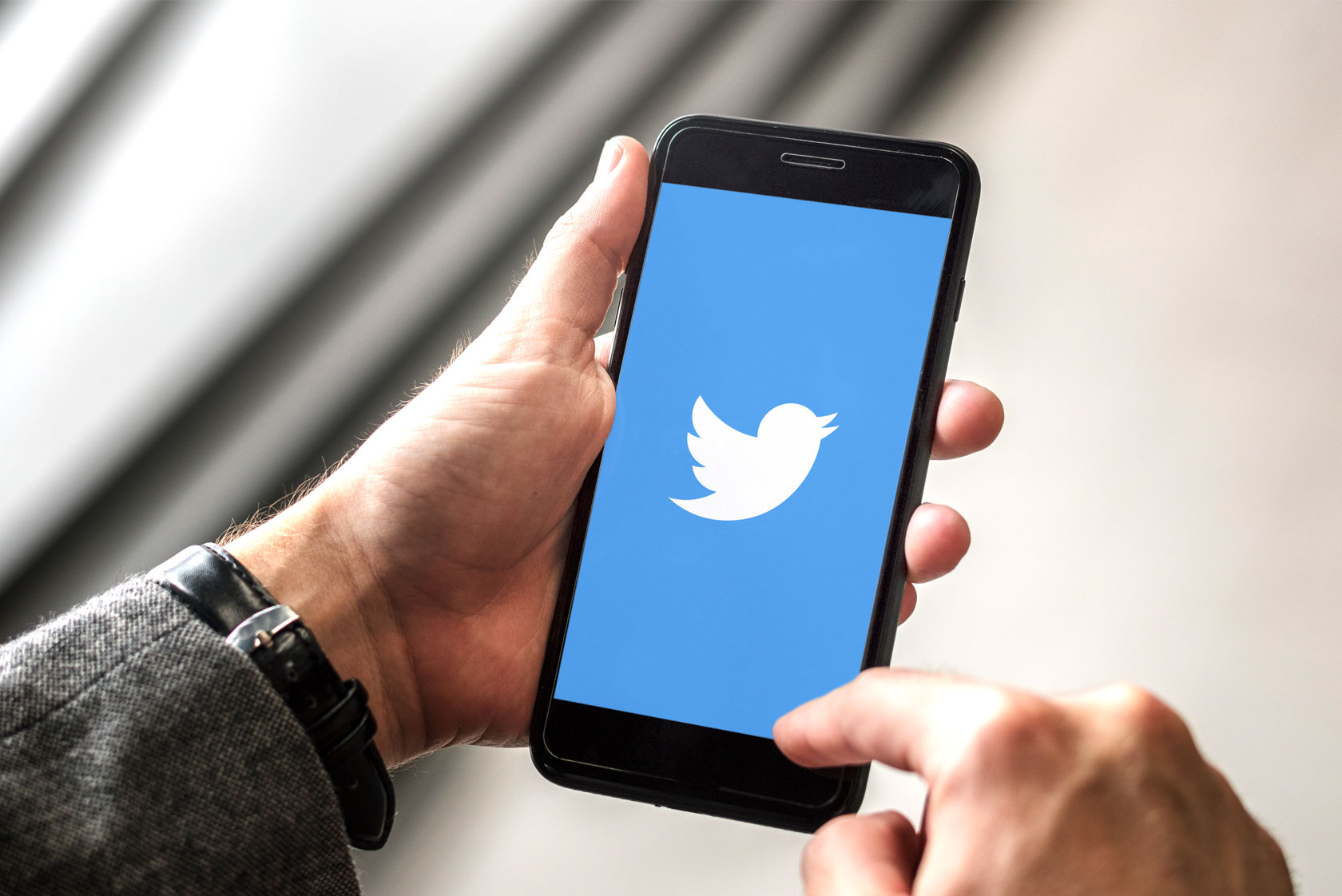
Scientific tweets: Why Less is More and When a Tweet is Perceived as Being Scientific
Communication within the scientific community without twitter has become hard to imagine. It was only a matter of time, then, until someone started examining what makes a tweet scientific in itself. Dr Athanasios Mazarakis has examined this more closely and, in his guest article, reveals what he discovered when researching the scientific character of tweets.
by Athanasios Mazarakis

These days it’s impossible to imagine academic discourse without twitter. The social media platform is often used in scientific communities to inform readers about research results and also to discuss them. This kind of informal communication of scientific results is continually on the rise in the light of Open Science. During the COVID-19 pandemic, however, users have been swamped with the most diverse kinds of information – from virology, epidemiology, science policy-makers, or journalism about science. Everyone vies for our attention with a maximum 280 characters per tweet, and many working in the sciences also try to disseminate their work with tweets. But can this actually work with so few characters? Can something resembling a ‘scientific’ tweet actually be composed? In other words: What makes a tweet scientific?
Dr Athanasios Mazarakis from the ZBW – Leibniz Information Centre for Economics and Dr Jasmin Schmitz from the ZB MED – Information Centre Life Sciences took a look at this topic. They were supported by the Leibnitz Research Alliance Open Science. In the “KlawiT” project (classification of scientific tweets) two issues were examined:
- When is a tweet classified as scientific?
- Which characteristics of tweets affect whether a tweet is perceived as having a scientific character?
An online survey was carried out between March and April 2019 in order to answer these two questions. The database, compiled in partnership with the ZB MED, was a heterogeneous collection of tweets containing applicable medical terminology such as ‘radiology’ or ‘oncology’. The hashtags on twitter were used as search terms and the tweets found were downloaded.
The participants were shown different tweets in the online survey. For each tweet they had to answer a question on whether the tweet shown was, in their view, scientific (“yes” or “no”).
The findings of the proof-of-concept study refer to an analysis of 162 different tweets (data foundation) by 109 participants. The tweets were categorised in advance and described in respect of certain characteristics and metrics. For example: Does the tweet have a link? Or a video? How many retweets has the tweet received?
Characteristics of tweets perceived as scientific
This exploratory procedure was designed to find characteristics that could have either a conscious or unconscious effect on the perceived scientific character of tweets. The results can be summarised as follows:
- Use at most three relevant and content-related hashtags: Too many (irrelevant) hashtags lead to tweets tending to be categorised as unscientific.
- Amusing tweets or tweets with job offers do not help tweets to be perceived as scientific. They should therefore not be used if you want to be perceived as scientific.
- Tweets in a scientific context, for example in connection with a conference, increase the acceptance. The focus, however, should be on scientific publications and lectures.
- Links in tweets tend to be negatively perceived in respect of their scientific character. It could be a problem here that users are distracted by the link and no longer focus on the tweet itself.
We found it particularly interesting that an old twitter mantra – namely, use as many hashtags in tweets as possible – no longer seems to apply. On the contrary, in our experiment, fewer hashtags led to a higher perception of a scientific character. This was very surprising on the one hand, but also very interesting.
Tweet examples: perceived as scientific versus perceived as non-scientific
This is revealed in the following examples.
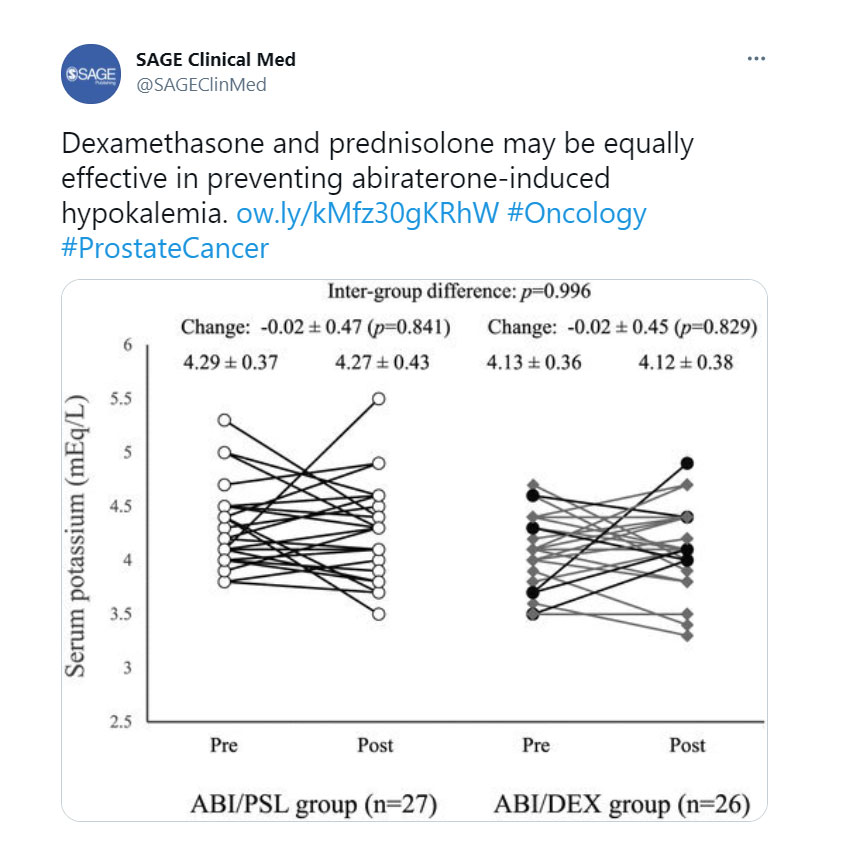
Illustration 1: Tweet with the highest scientific character as perceived by the participants.
Tweet SAGE Clinical Med, @SAGEClinMed
This tweet was categorised as “scientific” by all participants. The link in the tweet leads to a scientific article. The text in the tweet reports the result of a publication.
By contrast, none of the participants categorised the following tweet as scientific:

Illustration 2: One of the tweets which was not regarded as scientific at all by the participants. Tweet Lokmanya Hospitals, @LMhospitals
The text describes the correlation between hydration and inflammations, in order to segue into what is essentially an advertisement. Clicking on the link opens the website of the company that posted this tweet, recognisable in the picture by its logo.
The layout can also affect the perception of a scientific character, which has also been shown in other studies (German) without a twitter context. From now on, I would definitely use three hashtags at the most. 😉
Starting points for further studies
Further studies are planned for the future. Tweets with too much specialist terminology were mostly avoided in the present study. It would be interesting to examine if these tweets also suggest a certain scientific character due to their terminology. Also, it could be that the person who writes the tweet is the most decisive factor in whether a tweet is perceived to be scientific (a highly respected expert, for example). Finally, plans are available to use a non-medical setting or general terms such as diabetes.
Further reading:
- Project website
- Final report of the project “KlawiT” (German)
- Paper presented at the 16th International Symposium on Information Science: Mazarakis, A., Peters, I., & Schmitz, J. (2021). #wenigerHashtagswirkenwissenschaftlicher – Der Zusammenhang von Tweet-Eigenschaften und wahrgenommener Wissenschaftlichkeit (German). In Schmidt, T., & Wolff, C. (Eds.), Proceedings of the 16th International Symposium of Information Science (ISI 2021) (pp. 44-63). Glückstadt: Publisher Werner Hülsbusch (German)
- The study dealing with the layout effect: Hahn, O., Lemke, S., Mazarakis, A., & Peters, I. (2020).Welche visuellen Elemente lassen Texte wissenschaftlich erscheinen? Eine empirische Untersuchung (German). In Proceedings of the Conference on Man and Computer (MuC ’20) (pp. 61-65). New York, NY, USA: ACM.
- A self-experiment in fake science: the tricks of predatory journals
- How performance measurement works in our current science system, what is outdated about it, and what performance measurement could look like in the Open Science age: Athanasios Mazarakis, gamification and motivation expert, explains in an interview (MP3), what incentives could be used to promote Open Science. (German)
- As a robot in the USA: A somewhat different conference participation (German)
- Altmetrics: How reasearchers assess the significance for scholary impact.
This text has been translated from German
Dr Athanasios Mazarakis (German) from the ZBW – Leibniz Information Centre for Economics is a postdoc and research associate in the Web Science working group. In his research in the field of Human-Computer Interaction (HCI), he deals on the one hand with incentive mechanisms such as gamification and their application in a wide variety of contexts, such as Open Science or Augmented Reality. He also conducts research on social media, such as Twitter or Facebook. He can also be found on ResearchGate and Twitter.
Portrait: ZBW©
View Comments

User Experience in Libraries: Insights from the Library of the University of Amsterdam
User experience (UX) methods often lead an exotic existence in libraries. Yet they...

